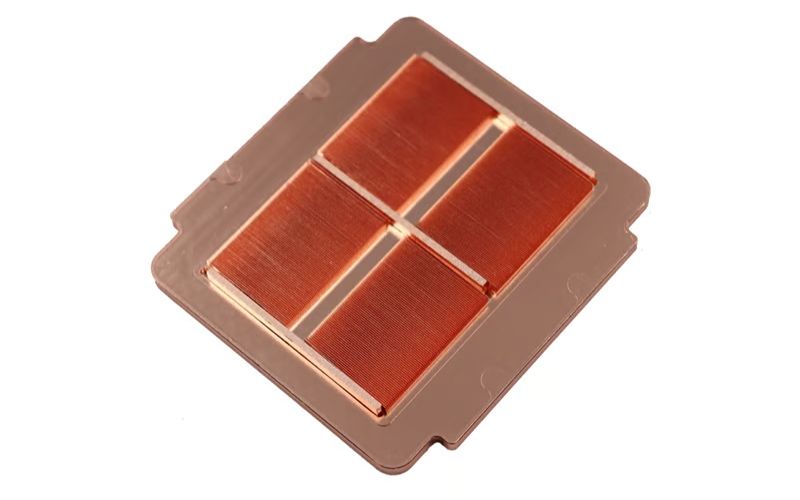What is the significance of fin efficiency in heat sinks?
When it comes to heat sinks, fin efficiency plays a crucial role in determining the effectiveness of heat dissipation. The fin efficiency is a measure of how well the fins on a heat sink are able to transfer heat away from the source. In other words, it tells us how efficiently the heat sink can cool down the component it is attached to.
How is fin efficiency calculated?
The fin efficiency of a heat sink is typically calculated using the following formula: η = (t/t0)^n, where η is the fin efficiency, t is the actual temperature of the fin, t0 is the temperature of the fin if it were perfectly conducting, and n is a constant that depends on the type of heat sink geometry.
What factors affect the fin efficiency of a heat sink?
There are several factors that can affect the fin efficiency of a heat sink, including the material of the fins, the spacing between the fins, the surface area of the fins, the airflow around the fins, and the thermal conductivity of the heat sink material.
Why is fin efficiency important in thermal management?
Efficient heat dissipation is crucial in preventing electronic components from overheating, which can lead to performance degradation and even failure. By maximizing the fin efficiency of a heat sink, engineers can ensure that the components in their electronic devices operate within safe temperature limits.
How can designers improve the fin efficiency of a heat sink?
Designers can improve the fin efficiency of a heat sink by using materials with high thermal conductivity for the fins, increasing the surface area of the fins, optimizing the spacing between the fins for better airflow, and ensuring proper ventilation around the heat sink.
What are the consequences of low fin efficiency in a heat sink?
Low fin efficiency in a heat sink can result in poor heat dissipation, leading to overheating of electronic components. This can cause malfunctions, reduced lifespan, and even permanent damage to the components, making it essential to address any issues with fin efficiency promptly.
How does fin efficiency impact the overall performance of a heat sink?
The fin efficiency of a heat sink directly impacts its ability to dissipate heat effectively. A higher fin efficiency means that the heat sink can cool down the components more efficiently, resulting in better performance and reliability of the electronic device as a whole.
What are some common challenges in optimizing the fin efficiency of a heat sink?
Some common challenges in optimizing the fin efficiency of a heat sink include balancing the trade-offs between surface area and airflow resistance, dealing with limited space constraints in electronic devices, and managing thermal expansion and contraction of materials.
How does fin efficiency relate to the overall thermal resistance of a heat sink?
The fin efficiency of a heat sink is directly related to its thermal resistance, which is a measure of how well the heat sink can transfer heat. A higher fin efficiency results in lower thermal resistance, indicating better heat dissipation and overall cooling performance.
What are the current trends in heat sink design to improve fin efficiency?
In recent years, there has been a growing emphasis on advanced heat sink designs that focus on maximizing fin efficiency. This includes the use of innovative materials, intricate fin structures, and optimized airflow patterns to enhance heat dissipation and thermal management in electronic devices.
Quote Inquiry
Contact us!

